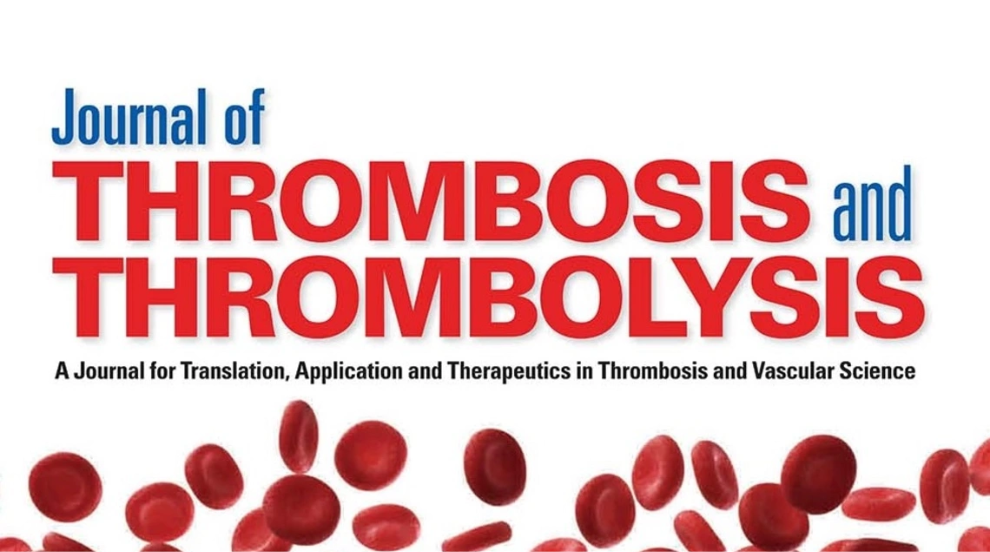News and Events, Press Releases

MLM Drs. Ben Curry and Lisa Jennings Published in the August Issue of the Journal of Thrombosis and Thrombolysis
SOURCE: Springer Link
> Open Access Link to Full Article
Journal of Thrombosis and Thrombolysis | Article
Comparison of the effects of the GPIIb-IIIa antagonist Zalunfiban and the P2Y12 antagonist Selatogrel on Platelet Aggregation
Open Access
Published: 10 August 2023
Abstract
Understanding the pharmacodynamic effects of platelet inhibitors is standard for developing more effective antithrombotic therapies. An example is the antithrombotic treatment of acute coronary syndrome (ACS), in particular ST-elevated myocardial infarction (STEMI) patients who are in need for rapid acting strong antithrombotic therapy despite the use of aspirin and oral P2Y12-inhibitors. In this study, we evaluated two injectable platelet inhibitors under clinical development (the P2Y12 antagonist selatogrel and the GPIIb-IIIa antagonist zalunfiban) that may be amenable to pre-hospital treatment of STEMI patients. Platelet reactivity was assessed at inhibitor concentrations that represent clinically relevant levels of platelet inhibition (IC20-50%, 1/2Cmax, and Cmax). Light transmission aggregometry (LTA), was used to evaluate the initial rate of aggregation (primary slope, PS) and maximal aggregation (MA). Both adenosine diphosphate (ADP) and thrombin receptor agonist peptide (TRAP) were used as agonists. Zalunfiban demonstrated similar inhibition of platelet aggregation when blood was collected in PPACK or TSC, whereas selatogrel demonstrated greater inhibition in PPACK. In this study, using PPACK anticoagulant, selatogrel and zalunfiban affected PS in response to ADP equivalently at all drug concentrations tested. In contrast, zalunfiban had significantly greater potency at its Cmax concentration compared to selatogrel using TRAP as agonist. Upon evaluation of MA responses at lower doses, selatogrel had greater inhibition of MA in response to ADP than zalunfiban; however, at concentrations that represent Cmax, the drugs were equivalent. Zalunfiban also had greater inhibition of MA in response to TRAP at the Cmax dose. These data suggest that zalunfiban may provide greater protection in reducing thrombus formation than selatogrel, especially since thrombin is an early, key primary agonist in the pathophysiology of thrombotic events.
CITATION: Curry, B.J., Rikken, A.S., Gibson, C.M. et al. Comparison of the effects of the GPIIb-IIIa antagonist Zalunfiban and the P2Y12 antagonist Selatogrel on Platelet Aggregation. J Thromb Thrombolysis (2023). https://doi.org/10.1007/s11239-023-02867-x :
